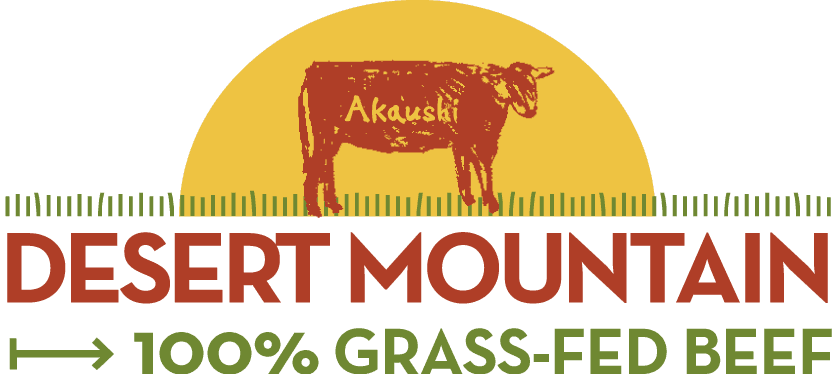Language of the Land
Trillium
Trillium. Glacier lillies. Buttercups. These are the first floral faces to greet us each spring. They're followed by shooting stars, yellowbells, and the sunny faces of arrowleaf balsamroot. (And morels, if we're lucky.)Spring comes in animal shapes, too. When I see tundra swans and flocks of snow geese, I know the sandhill cranes aren't far behind - heralding their return with robo-turkey sounding calls.These cues tell me more about the changing of the seasons than any wall calendar. Every spring is different, and gauging our grazing needs against the spring vigor of our forage plants often feels like less of a science and more of an art.Grasses, too, come in sequence. Cool season grasses send their first shoots up in mid-April. Summer grasses won't make an appearance until May or June up here, when soil temperatures are warm enough to kick them out of dormancy. Legume plants also have their own schedule. White and red clovers thrive throughout our growing season. My favorite legume, birdsfoot trefoil, won't smile on us until nearly July - but when it blooms, the whole pasture takes on a cheery yellow for three or more weeks.I've come to learn that cows will eat just about everything on the ranch. The diversity of their diets here in west-central Idaho is something I marvel at year to year. Just as I throw up my hands and swear that no living creature here will graze something like curly dock, lo and behold, some replacement heifer will go take a big mouthful of it - proving me wrong.The changing of the season means new foods (or "forages" in cattle-speak) are constantly coming in and out of availability. I can't think of any livestock animal with a more diverse diet than a grass-fed cow. (A grass-fed sheep is probably on par.)People often have the perception that cattle ranchers are animal people. That's true. But ranchers are also plant people, too. Our family has adopted a saying in recent years, "We're only as good as the grass we grow."It's grass (and other plants) that feed the cows, and without healthy grasses we don't have a lot to stand on.When I pay attention to the language of the land -- those early wildflowers, or the spring stirrings of wildlife -- the symphony of ecological processes that happens here annually starts to feel like a familiar song.I still don't have it totally dialed. I can't reliably grow tomatoes in my garden. Sometimes I see a cow with legume bloat before I know I should be looking for it. And I still get shafted on my favorite huckleberry spots when I overlook a late frost.But the more I pay attention, the more I feel like I have my finger on the pulse of what's happening here. And the more I become literate in what the land is saying, the more I can put that knowledge to work for our animals by moving them, often quite literally, to the greenest pastures.---Monica Gokey




